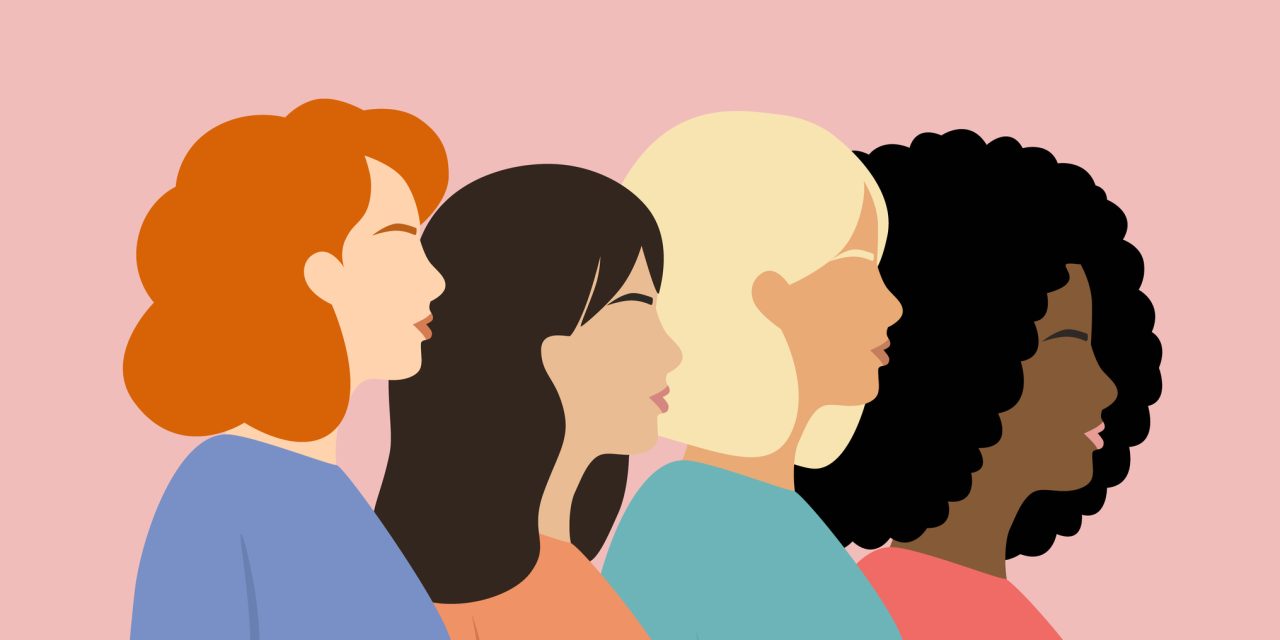To evaluate more comprehensively the presence of an association between childhood lower urinary tract symptoms and development of adulthood overactive bladder, to determine the group at most risk of overactive bladder in adulthood, and to assess its effects on daily life.
A total of 264 patients who were followed up for lower urinary tract symptoms in childhood between 2000 and 2005 were included in this retrospective, cohort study. After a median period of 20 years, these patients with a median current age of 29 (27-35) years were re-evaluated and divided into two groups: those currently with overactive bladder (n = 102, 23.0%), and those without overactive bladder (n = 162, 36.5%). In addition, 180 age-matched overactive bladder patients without a history of childhood lower urinary tract symptoms (n = 180, 40.5%) were included. The primary endpoint was to determine which children are at higher risk of adulthood overactive bladder. The secondary endpoint was to evaluate the effect of history of childhood lower urinary tract symptoms on quality of life in adulthood. The eight-item Overactive Bladder questionnaire, the Pittsburgh Sleep Quality Index, and the Short-Form 36-item Health Survey were administered to all participants. Voiding Dysfunction Symptom Score was evaluated according to childhood medical records.
Overactive bladder in adulthood was observed in 38.6% of patients recovering from childhood lower urinary tract symptoms. They had worse overactive bladder symptom scores and quality of life than those without childhood lower urinary tract symptoms (P < 0.001). Voiding Dysfunction Symptom Score ≥13 (odds ratio 2.54), daytime incontinence (odds ratio 2.01), holding maneuvers (odds ratio 1.82), nocturnal enuresis (odds ratio 1.75) in the pediatric period, and recovery age from all these symptoms of ≥12 years (odds ratio 1.95) were the most unfavorable determinants of development of adulthood overactive bladder.
Our findings show that children with the above characteristics are at risk of developing overactive bladder later in their lives even if their symptoms improve in childhood.
© 2021 The Japanese Urological Association.
Which children are at risk of developing overactive bladder in early adulthood even if lower urinary tract symptoms improve during childhood?


